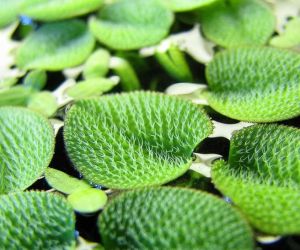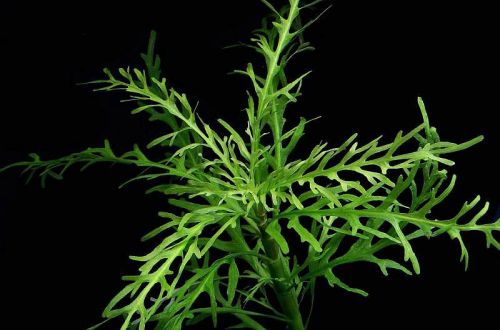
Heteranther dubious
Heteranther dubious, scientific name Heteranthera dubia. The plant’s unusual name (dubia = “doubtful”) stems from the fact that it was originally described in 1768 as Commelina dubia. Author biologist Nikolaus Joseph von Jacquin had doubts about whether the plant could really be classified as the genus Commelina, so he expressed it with the prefix C. dubia. In 1892 the name was recombined by C. Macmillan into the genus Heteranthera.
In nature, the natural habitat extends from Guatemala (Central America), throughout the United States and to the southern regions of Canada. It occurs along the banks of rivers, lakes in shallow water, in swampy areas. They grow under water and on moist (moist) soil, forming dense clusters. When in the aquatic environment and when the sprouts reach the surface, yellow flowers with six petals appear. Due to the structure of flowers in English literature, this plant is called “Water stargrass” – Water star grass.
When submerged, the plant forms erect, highly branched stems that grow to the very surface, where they then grow under the surface of the water, forming dense “carpets”. The height of the plant can reach more than a meter. On land, the stems do not grow vertically, but spread along the ground. The leaves are long (5–12 cm) and narrow (about 0.4 cm), light green or pale green in color. Leaves are located one at each node of the whorl. Flowers appear on the arrow at a height of 3-4 cm from the surface of the water. Due to its size, it is applicable only in large aquariums.
Heteranther dubious is unpretentious, able to grow in cool water, including open ponds, in a wide range of hydrochemical parameters. Rooting requires sandy or fine gravel soil. Special aquarium soil is a good choice, although it is not required for this species. Prefers moderate to high lighting. It is noted that flowers appear only in bright light.





